War, Peace, and Fantasy
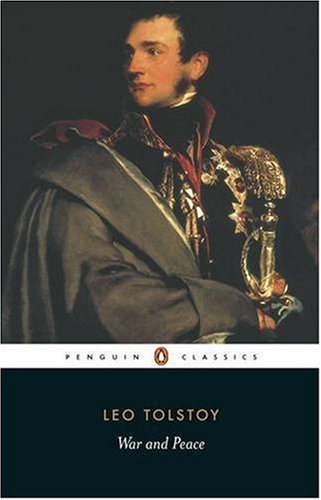 In one of my first posts here, I mentioned that I was hoping to figure out what it is, exactly, that I like about fantasy fiction; what it is I get from fantasy that I get nowhere else.
In one of my first posts here, I mentioned that I was hoping to figure out what it is, exactly, that I like about fantasy fiction; what it is I get from fantasy that I get nowhere else.
I found myself thinking about that question a fair bit over the past couple of weeks. I was reading a 1500-page novel about a world-shaking clash of armies, a prose epic whose subjects ranged from the politics of high society to battles shaped by cavalry charges, and which presented a struggle against a would-be world conqueror viewed by some as divinely gifted and by others as a Satanic force of utter chaos.
It wasn’t a fantasy, though. It was War and Peace.
I found myself fascinated by how much Tolstoy’s great novel (Tolstoy claimed the book wasn’t a novel, in a formal sense, but the term fits better than any other) looks like an epic fantasy — even while feeling like nothing of the sort. Why is that? Why is something that seems so close to fantasy in form so different in actuality?
Obviously it’s a different kind of book. Obviously Tolstoy was aiming at something — many things — quite different from an epic fantasist. But what sort of things? How do they determine the feel of the novel?
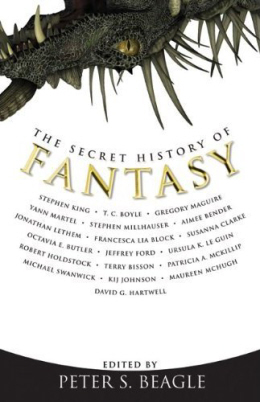
 Hallo again, Ye Faithful Paladins of the Black Gate!
Hallo again, Ye Faithful Paladins of the Black Gate!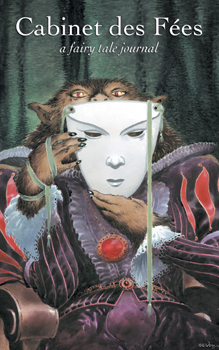


 If you don’t understand the headline, you’re probably too young to remember Max Headroom, originally a British television movie that became a short-lived series for American broadcast (1987-1988) featuring a computer generated talking head–that would be Max–who later became a music video host, a “spokesperson” for New Coke (and if you don’t know what New Coke was, you’re really too young to care about this), and later brought out of retirement in the United Kingdom to explain the switch from analog to digital TV (this, you might remember). Though, today, any 12 year old with a cheap laptop could probably program a character like Max, back in the 1980s this was beyond the technical reach and budget constraints of broadcast television; Max was played by Canadian actor Matt Frewer outfitted in a latex get-up to make him appear pixalated.
If you don’t understand the headline, you’re probably too young to remember Max Headroom, originally a British television movie that became a short-lived series for American broadcast (1987-1988) featuring a computer generated talking head–that would be Max–who later became a music video host, a “spokesperson” for New Coke (and if you don’t know what New Coke was, you’re really too young to care about this), and later brought out of retirement in the United Kingdom to explain the switch from analog to digital TV (this, you might remember). Though, today, any 12 year old with a cheap laptop could probably program a character like Max, back in the 1980s this was beyond the technical reach and budget constraints of broadcast television; Max was played by Canadian actor Matt Frewer outfitted in a latex get-up to make him appear pixalated.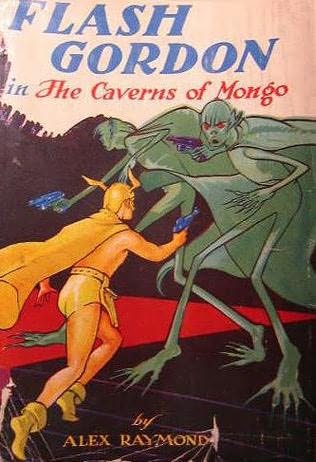
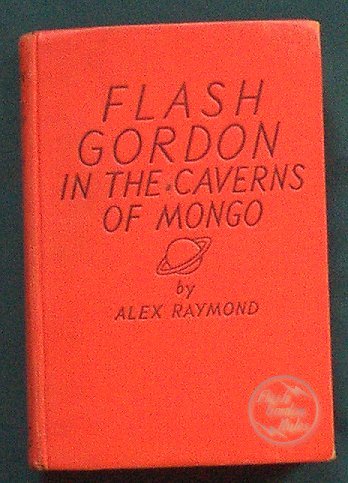

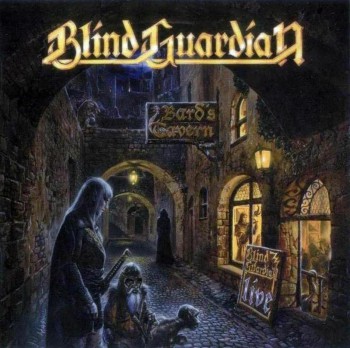 To the gods of the north, I pray
To the gods of the north, I pray